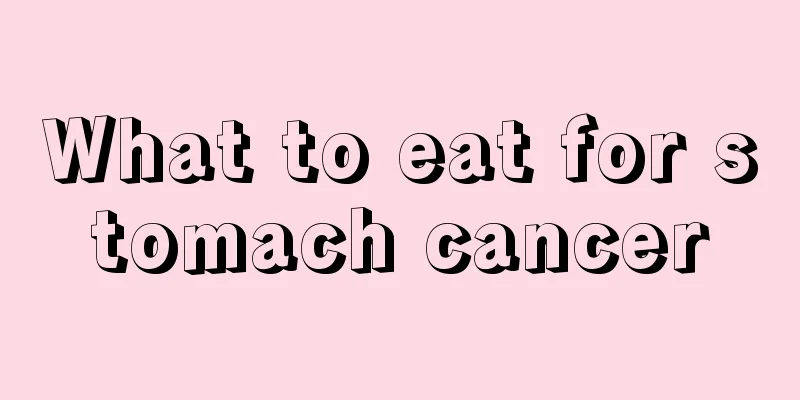How to check for premature heart beats?

|
All patients should pay attention to the examination of premature heart beats, because sometimes they may be symptoms caused by other diseases, such as atrial premature beats, atrioventricular junctional premature beats and multi-source premature beats. Common examinations include electrocardiogram. 1. Atrial premature beats. 2. Premature beats at the atrioventricular junction. 3. Ventricular premature beats, with premature QRS complexes with abnormal morphology, mostly lasting ≥ 0.12 seconds, T wave opposite to the main wave of the QRS complex, S-T segment shifted with the direction of the T wave, no related P wave in front of it, and complete compensatory interval. Ventricular premature beats can occur between two sinus beats, forming insertional ventricular premature beats. 4. Multifocal premature beats. 5. Parallel rhythm-type premature beats and ventricular premature beats can help diagnose myocardial infarction. 6. Electrocardiogram examination performance (I) In atrial premature beats, the P wave appears early, and its shape is different from the P wave of the basic heart rhythm. The PR interval is greater than 0.12s. The QRS wave is mostly the same as that of the sinus rhythm, sometimes slightly widened or deformed, accompanied by corresponding changes in ST and T waves. This is called intraventricular differential conduction, which needs to be differentiated from ventricular premature beats. When atrial premature beats are accompanied by intraventricular differential conduction, an early and deformed P' wave can be seen before the deformed QRS wave group. There may also be no corresponding QRS wave after the premature and deformed P' wave. This is called blocked atrial premature beat, which needs to be differentiated from sinus arrhythmia or sinus arrest. If a deformed premature P' wave is found on the ST segment or T wave of the previous heartbeat, it can be diagnosed as blocked atrial premature beat. Atrial premature beat impulses often invade the sinoatrial node, causing the latter to depolarize prematurely. The sinoatrial node depolarizes spontaneously and then restarts according to the original cycle, forming an incomplete compensatory interval. Occasionally, a complete compensatory interval is seen after atrial premature beats. (III) Ventricular premature beats: The QRS complex appears early with abnormal morphology and a duration of more than 0.12s. The T wave is opposite to the main QRS wave and ST is displaced with the T wave without a P wave in front of it. Ventricular premature beats occur at the proximal bundle branch and their QRS complex may not be widened. There is usually a complete compensatory interval after the ventricular premature beats. When the basic heart rate is slow, the ventricular premature beats may be inserted between two sinus beats to form insertional ventricular premature beats. Occasionally, the retrograde P' wave of the ventricular premature beats that is transmitted back to the atria often appears on the ST segment of the ventricular premature beats. |
<<: Is thrombocytopenia serious?
>>: What causes heart pain when inhaling?
Recommend
Is there a relationship between moles and skin cancer?
Most people can find moles on their bodies, but t...
How to treat advanced lung cancer effectively? Inventory of treatment methods for advanced lung cancer
I believe everyone is familiar with lung cancer. ...
Are cherry tomatoes genetically modified fruits?
I believe that many people like to eat cherry tom...
What are the dangers of plucking eyebrows
The growth of eyebrows is related to hair follicl...
How long does it take for Botox to take effect on wrinkles
When wrinkles appear on the face, it not only aff...
Can patients with cervical cancer eat crabs?
Crabs are cold and salty in nature, and have the ...
Is sea cucumber poisonous?
Seafood is a feast for many people. Among seafood...
Can infertility be treated? How to treat it?
In modern society, people's living environmen...
What causes space-occupying lesions in the right upper lobe of the lung?
Speaking of space-occupying lesions in the right ...
Does liver cancer have genetic factors? Consider the family tendency of liver cancer from 3 aspects
Since liver cancer has been diagnosed with a cert...
What is the cause of bleeding tongue
Tongue oozing may be caused by local trauma, and ...
Analysis of what is fibroid
I believe that many patients who are being examin...
What are the Mongolian eating habits?
In the Inner Mongolia Autonomous Region in northe...
How long does it take for thyroid cancer to metastasize?
The time from onset to metastasis of thyroid canc...
What are the symptoms of liver cancer? Here are some ways to prevent liver cancer
Many people know that toothbrushes, towels and ot...









